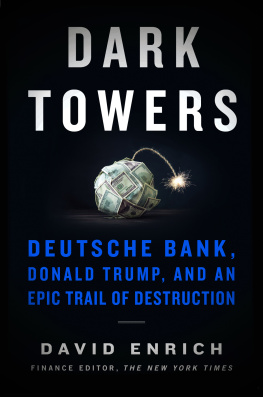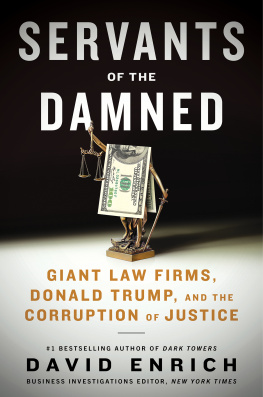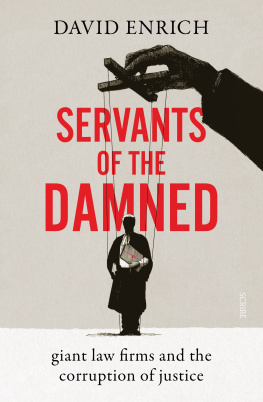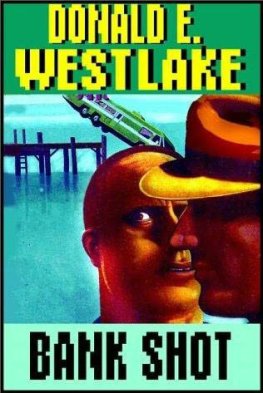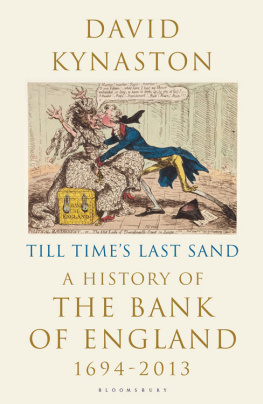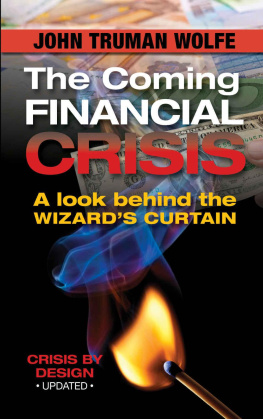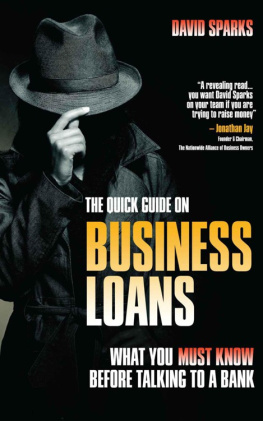Table of Contents
Landmarks
This book would not exist were it not for the extensive cooperation of my sources. Quite a few took professional or personal risks to speak to me, while others dug up painful memories. I am grateful for their help and patience.
None more so than Val Broeksmit. Over the past five-plus years, we have spent what must be hundreds of hours talking on the phone, meeting in person, and exchanging text messages. This hasnt always been easy for either of us. Val, so eager for his and his fathers stories to be told, dealt with repeated delays and fended off numerous other journalists following this projects inception in early 2018. This has been the most intense source relationship Ive ever had, and I have learned much about Valand also about myself. Thank you, Val, for your patience and trust.
I am immensely grateful to The New York Times . A few months after arriving from The Wall Street Journal in September 2017, I told my bosses, Rebecca Blumenstein, Ellen Pollock, and Adrienne Carter, that I planned to write this book in my spare time. They were less than thrilled, predicting (accurately, it turned out) that it would distract me from my day job. I am thankful for their patience and good humor (even you, Adrienne!). Ellen, Adrienne, Randy Pennell, and Nick Summers helped turn my Deutsche factoids and musings into Times articles. All three of themas well as Mohammed Hadi and Ashwin Seshagirirepeatedly picked up my slack. Dean Baquet and Matt Purdy provided more-or-less constant inspiration. Thank you, too, to Joe Kahn and David McCraw.
Quite a few of my Times colleagues generously contributed reporting or research or introduced me to sources. Among them: Sue Craig, Emily Flitter, Ben Protess, Jessica Silver-Greenberg, Jesse Drucker, William Rashbaum, Kitty Bennett, Jo Becker, Matina Steuis-Gridneff, and Susan Beachy. Natalie Kitroeff and Emily Flitter read drafts of the manuscript, and their advice made it better. (Thanks as well to William Cohan.)
I also am in debt to some of my former Wall Street Journal colleagues. Jenny Strasburg was the one who initially pushed to dig into the circumstances of Bill Broeksmits death, and she has consistently inspired (and irritated) me with her deep sourcing and sheer doggedness. Bruce Orwall, the bureau chief when I was in London, encouraged our Deutsche Bank passions and is perhaps the greatest editor and mentor in journalism today. Kirsten Grind and Keach Hagey were early supporters of this book, giving me well-timed confidence boosts.
My agent, Dan Mandel, immediately embraced this project and has been a steady advocate throughout. At Custom House and HarperCollins, Geoff Shandler offered wisdom, pushed me for more, and improved every page of this book with his meticulous line-by-line editing. His assistant, Molly Gendell, kept things on track. Maureen Cole, in charge of publicity, wisely urged me to avoid early overexposure on radio and TV. Kyran Cassidy provided much-needed legal counsel. Thanks as well to Nancy Inglis, Ryan Shepherd, Liate Stehlik, Ben Steinberg, Rachel Weinick, Andrea Molitor, Fritz Metsch, Ploy Siripant, and Ed Faulkner.
Finally, my family.
My parents, Peggy and Peter, provided motivation and fueland emotional support during sleepless nights when I worried, among other things, that I would never get this done. From the other side of the world, Liza and Jay were the source of infectious enthusiasm. Nick and Jords asked tough questions that forced me to think harder about the way I was telling elements of this story.
Henry and Jasper didnt help on the book, but they bring me pure joy (most of the time!), and this project took me away from them on so many nights and weekends. Thank you to Kristina Monteleone for serving as something of a surrogate parent.
This brings me to Kirsten. This could not have happened without her. The night that I told her my idea for this book, she was on boardeven though she must have known it would put an enormous strain on our family. While I obsessed at all hours about Deutsche Bank, while I immersed myself with sources, while I agonized over draft after draft, while I shirked my parenting responsibilities, she kept our lives running. She handled my many ups and downs. She dispensed sage advice. Oh, and she read four versions of this manuscript!
Thank you, Kirsten. I love you.
The Spider Network: The Wild Story of a Math Genius, a Gang of Backstabbing Bankers, and One of the Greatest Scams in Financial History
Australia
HarperCollins Publishers Australia Pty. Ltd.
Level 13, 201 Elizabeth Street
Sydney, NSW 2000, Australia
www.harpercollins.com.au
Canada
HarperCollins Publishers Ltd
Bay Adelaide Centre, East Tower
22 Adelaide Street West, 41st Floor
Toronto, Ontario, M5H 4E3
www.harpercollins.ca
India
HarperCollins India
A 75, Sector 57
Noida
Uttar Pradesh 201 301
www.harpercollins.co.in
New Zealand
HarperCollins Publishers New Zealand
Unit D1, 63 Apollo Drive
Rosedale 0632
Auckland, New Zealand
www.harpercollins.co.nz
United Kingdom
HarperCollins Publishers Ltd.
1 London Bridge Street
London SE1 9GF, UK
www.harpercollins.co.uk
United States
HarperCollins Publishers Inc.
195 Broadway
New York, NY 10007
www.harpercollins.com
This book is based primarily on interviews I conducted with and materials I received from nearly two hundred people: past and present Deutsche Bank employees, from the highest-ranking executives and board members to low-level staff; their family members, friends, lawyers, and rivals; consultants and contractors who worked at the bank; current and former regulators, prosecutors, and other government officials; and others with direct knowledge of the events described in the book. Some of these people shared emails, letters, photos, bank documents, audio and video recordings, and other primary-source materials. Most agreed to help me on the condition that I not identify them as sources. When faced with conflicting accounts of specific incidents, I have used the descriptions that strike me as the most plausible, based on factors including the credibility of different sources. In some cases, I have included dissenting accounts in footnotes.
I also drew on decades of journalism and academic researchas well as court filings, government documents, bank archives, and recordings and transcripts of conversationsabout Deutsche Bank, the banking industry, and the books characters. Those sources are detailed at the end of the book.

O n September 8, 1883, a private four-coach train chugged into Gold Creek, Montana. It was packed with hundreds of American and European dignitariesmembers of Congress, diplomats, high-ranking judges, Ulysses S. Grant. On its way from Chicago, the Northern Pacific Special had made a number of stops so that its passengers could admire waterfalls, scenic vistas, and President Chester A. Arthur, who had greeted the travelers in Minneapolis. In dusty Gold Creekan old mining outpost on its way to becoming a ghost towna contingent of Crow Indians performed war dances for men in bowler hats and women in ruffled dresses. A newly constructed pavilion, bedecked with gold-mining pickaxes and sprigs of greenery, afforded seating for a thousand spectators.
Henry Villardslim, balding, and sporting a well-manicured brown mustachestood before the crowd in a black coat, hat, and necktie, ready for his moment in the limelight. Thirty years earlier, Villardthen going by his given name, Heinrich Hilgardhad emigrated to America, a penniless, sickly German eighteen-year-old who spoke zero English. He had worked in wheat fields and at a lumber yard and on a wood-burning train and as a bartender before eventually landing a job for a German-language newspaper. That was the springboard for a reporting career in which he would cover Abraham Lincoln and the Civil War and, in the process, become a respected syndicated journalist. After the war, his pedigree established, Villard married the daughter of the great abolitionist and progressive William Lloyd Garrison. But all of that was not enough for Villard: He wanted fame and fortune. And the greatest fame and fortune to be had at the end of the nineteenth century were in the railroads.

